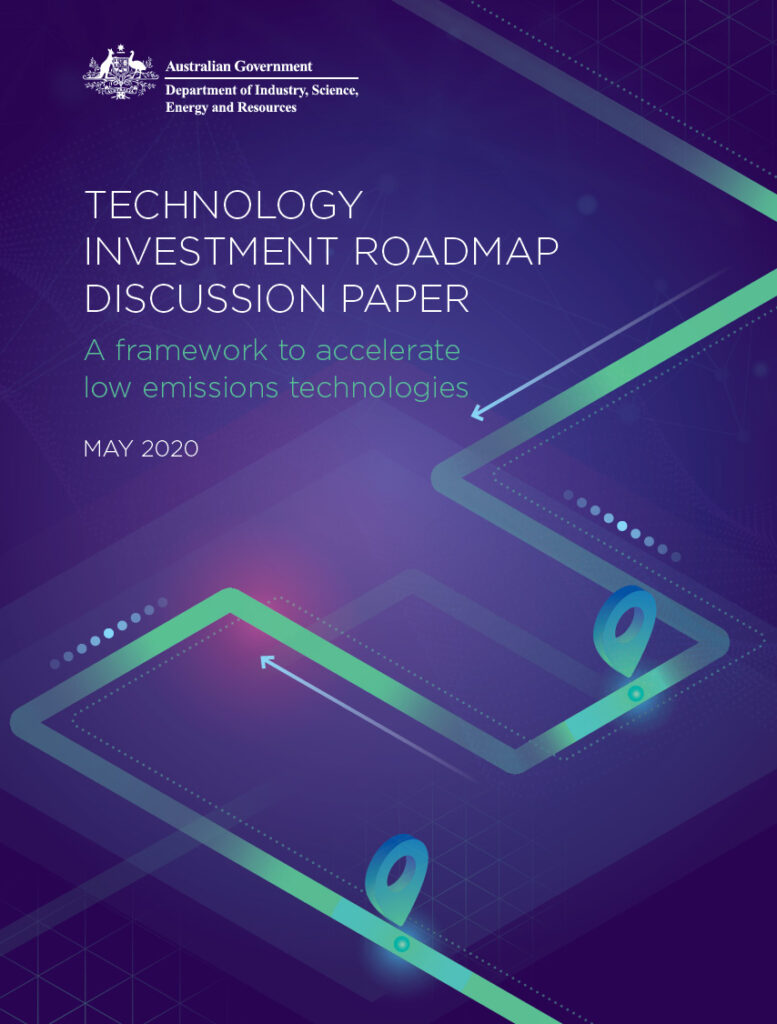Warm welcome for Australian government’s low-emissions tech roadmap
- PostedPublished 17 July 2020
The Australian Automobile Association (AAA) has praised the Federal Government’s new “Technology Investment Roadmap”.
The roadmap explores how the uptake of low-emissions technology could be accelerated, in an effort to continue emissions reductions, without harming the economy or reducing consumer choice.
It also covers a range of sectors, including housing and transportation, and discusses the advantages and opportunities that may be granted by low-emissions technology.
For the transport sector, for example, it highlights the emissions reduction opportunities available through the use of hybrid, electric and alternatively fuelled vehicles – and the possibilities that may arise in developing, producing and supporting such vehicles.
“The roadmap provides a concise report card on the status of technologies in the transport sector and realistically identifies those areas where Australia can be a technology leader or a technology taker, as we all play our role to reduce emissions,” said AAA managing director Michael Bradley.

The new roadmap is set to complement initiatives such as the upcoming National Electric Vehicle Strategy (NEVS), which will help Australians access and transition to the latest electric vehicle technology. The roadmap, in conjunction with such initiatives, should ensure that consumer choice is not eroded in the pursuit of environmental protection.
Issues detailed in the 74-page government report also include the limited availability of low- and zero-emissions vehicles, which is among the factors restraining their wider rollout.
In a release published by the AAA, Bradley explained that motorists would welcome consultation on the roadmap – and that the eight million members the organisation represents were “committed to cleaner and greener motoring.”
“The AAA also looks forward to the release of the forthcoming National Electric Vehicle Strategy that has been flagged in the roadmap,” said Bradley, “and how it will address ongoing concerns to ensure refuelling/recharging infrastructure keeps pace with the growth of electric vehicles, and potentially fuel cell vehicles.”
Brisbane-based Tritium eases payment for EV charging
Paying for charging is often a major and commonly cited bugbear of the electric motoring community.
Head to a charging point for a much-needed top-up and you might find that it won’t accept your payment method, you don’t have the right card or you need a new subscription.
In any case, it has the potential to torpedo your trip.
Fortunately, Brisbane-based Tritium – a specialist in e-mobility and charging technology – has developed a new charging solution called “Plug and Charge”.
This system allows Tritium’s charging points to communicate with the vehicle to acquire the required payment details.
No card is necessary and no radio-frequency identification (RFID) tag is needed; the driver plugs the vehicle in and the charging session is automatically billed.
Some hurdles remain, however; for starters, charge point operators will need to update existing Tritium charging points to support Plug and Charge.
Electric vehicles will also have to be equipped with secure digital storage for the security keys.
“The vehicles will need to have the storage technology built in, in much the same way as paying for something with your smartphone requires NFC technology,” said Tritium chief technology officer and co-founder James Kennedy.
“Once that becomes the norm, as near-field communication has, you will see the incidents of Plug and Charge payments skyrocket.”
- CategoriesIn SightGlass
- Tagselectric vehicles, emissions, EV, SightGlass News Issue 20


